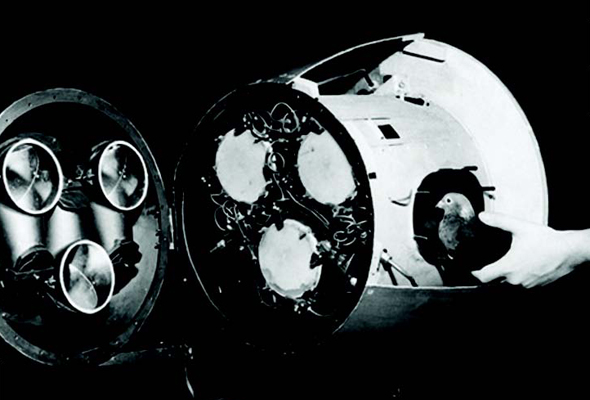Space Oddity
Well-Known Member
- Joined
- Mar 3, 2014
- Messages
- 217
- Reaction score
- 1
It might be impossible (though I don't think so), but here's a challenge for thought.
Here's the task:
Design and/or develop a reliable recovery system that will land a model rocket to a position, equal to or less than 100 yards radius from the rocket's launch site position,
Here's the simple specification:
The system will be mechanical in operation.
The system will not be triggered nor operate by use of an altimeter.
The system will not be triggered nor operated by electrical or electronic devices.
The system will be capable of meeting the challenge at average wind speeds of up to 6 mph.
The system will ensure that no damage is sustained by the rocket on landing, assuming competent design and build.
The landing surface will be short grass (3" minimum height), above soft earth.
Maximum rocket altitude should be 2000 ft.
The system should operate and achieve the challenge when installed in rockets of weights up to 10 oz.
The system will meet the challenge for all rockets powered by "C" and "D" motors.
The system will be operable within rocket tube sizes; BT55 through to BT70.
The system must operate safely and allow the rocket to launch, deploy and be recovered in accordance with all applicable laws and regulations.
Look forward to comments.
SO
Here's the task:
Design and/or develop a reliable recovery system that will land a model rocket to a position, equal to or less than 100 yards radius from the rocket's launch site position,
Here's the simple specification:
The system will be mechanical in operation.
The system will not be triggered nor operate by use of an altimeter.
The system will not be triggered nor operated by electrical or electronic devices.
The system will be capable of meeting the challenge at average wind speeds of up to 6 mph.
The system will ensure that no damage is sustained by the rocket on landing, assuming competent design and build.
The landing surface will be short grass (3" minimum height), above soft earth.
Maximum rocket altitude should be 2000 ft.
The system should operate and achieve the challenge when installed in rockets of weights up to 10 oz.
The system will meet the challenge for all rockets powered by "C" and "D" motors.
The system will be operable within rocket tube sizes; BT55 through to BT70.
The system must operate safely and allow the rocket to launch, deploy and be recovered in accordance with all applicable laws and regulations.
Look forward to comments.
SO





